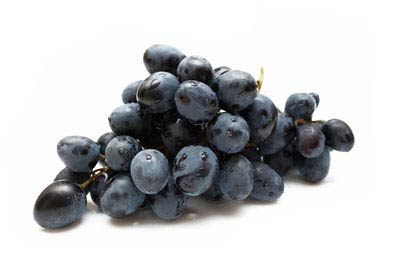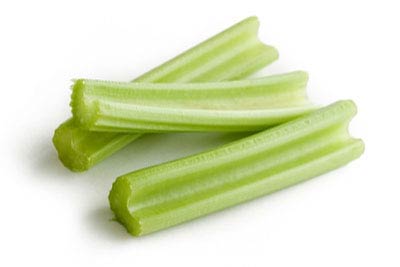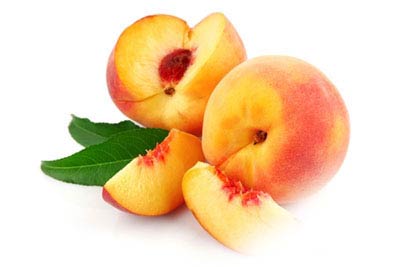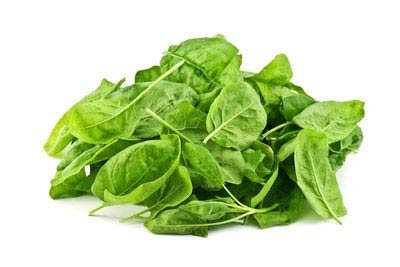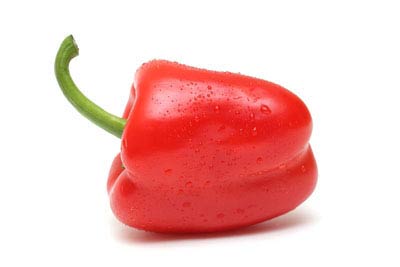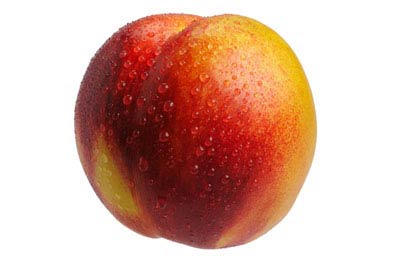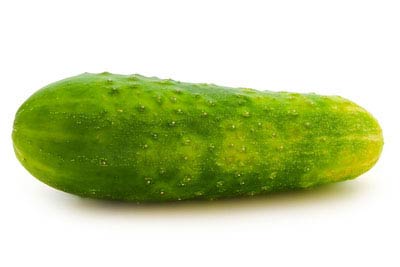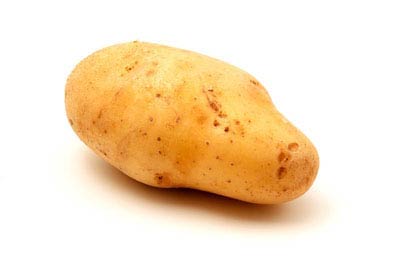I love Italian Sausage. The smell of it sizzling in the pan makes my stomach groan for all it can take. Mixed into meatballs with some fresh
spaghetti sauce and I am in heaven. My oldest son's birthday is coming up and every year he asks for the same meal to celebrate the annual event; spaghetti and meatballs. Normally I purchase some Italian sausage already made up but as I have learned more about the ingredients manufacturers use to produce some of our favorite foods I have been turned off by most prepared grocery foods. Check out my post on
additives to avoid if you can . It is a partial list of the top food additives to try and avoid.
In order to make your own sausage you have to decide whether purchasing a
meat grinder is for you. I was able to purchase an Oster Kitchen
System with all the attachments about two years ago and I purchased the
entire set because it had a meat grinder attachment. This particular
kitchen system was made in the 1980's and I love it! I only paid $80
for all of it and so it was worth it for the meat grinder. The set pictured is a partial collection of all the attachments. I think the ice cream maker is missing and the pasta attachment.

You can
purchase attachments to go with other modern appliances such as the
KitchenAid, or you can purchase a machine that is a stand alone
grinder either electric or manual. The price can be formidable initially but this
is one of those kitchen investment pieces that pays for itself quickly.
I have been able to purchase bulk cuts of meat at a lower cost and
grind my own hamburger and other meats at home.


I went searching for a recipe that would come close to my favorite brand and have been able to create something infinitely better. Why would I ever make my own sausage? I suppose for the same reason I make just about everything else; I want to control what goes in the food I feed my family. I have discovered homemade sausage to be not only easy, but far superior to anything I can purchase at the store.
As with all discussions about what foods to prepare at home versus purchasing them already made up, the interminable question of why always rises to the top. This answer is not just as simple as because you can. The three reasons I have decided to educate myself on how to be a better home cook are because I can save money on my grocery bill and more importantly, I control the ingredients. The obvious outcome is that my family is healthier for it. Finally, the feelings of satisfaction that come from being truly self-reliant are worth the time and money to commit to eating this way.
There are some good brands of sausage that attempt to be as clean as possible but still run into problems with added ingredients such as celery powder. Celery has some of the highest amounts of pesticide sprayed on them of all produce. This means the celery powder used to make the sausage can have high amounts of pesticide in it therefore it will be in your sausage. This may seem trivial and too much to worry about but as consumers we need to be concerned with the concentrations of pesticides and other additives in our diets because they compound in our systems as we eat throughout the our days. Consider all the ingredients that may go into producing your store bought sausage and if it is not certified organic then the clean ingredients the manufacturers do use can be negated by something like the spices which are added for flavor. It is exhausting, I know! Why can't it all just be easy? This is why I have decided to take matters into my own hands and simply make my own. Like I said before, then I control the ingredients.
Moving on, let's get to making some sausage. If you don't have a meat grinder then you will need to purchase some ground pork. This is readily available at supermarkets just make sure it has not had any seasoning added to it. This recipe screams for organic ingredients if you can make it happen. The better the ingredients, the better the end product. The sausage will need to cure in the refrigerator overnight so you want to have ingredients that will not give off any weird flavors after sitting for that length of time, so use the best and freshest you can. I highly recommend organic pork if you can find it. I grind my own meat and from start to finish it took me about 20 minutes to prepare the sausage mixture and get it into the fridge. You can also measure out all of the dry ingredients (less the sugar) and bag it up to make your sausage prep even quicker next time.
Equipment:
Large mixing bowl
Several prep bowls for mixing spices, etc.
Large bowl scraper/spatula
Measuring spoons
Microplane or garlic press
Meat grinder if you plan on grinding your own meat
Ingredients:
3 lbs of ground pork butt. You can also create a leaner sausage by using 2lbs ground turkey and 1 lb lean ground pork
2 T brown sugar
3/4 T salt
3/4 T ground pepper
3 T dry red wine-optional
2 T minced fresh garlic
1/2 tsp toasted anise seed
1 1/2 tsp toasted fennel seed
1 tsp dried oregano
1/2 tsp dried parsley
1/4 tsp dried minced onion
2 tsp paprika
1/8 tsp ground coriander
1/8 tsp ground mace
1/2 tsp cayenne pepper
1/8 tsp freshly ground nutmeg
Procedure:
1. Place meat in your large bowl.
2. In a small prep bowl mix wine, brown sugar and salt so that the salt and sugar disolve.
3. Briefly toast the fennel and anise seeds. To do this take a small skillet (6 inch) and heat over medium heat. Add the measure amount of seeds to the hot pan and swirl them around until you can smell their aroma. This process heats the oils in the spices and "activates" the flavor. It happens quickly so don't walk away. Once you can smell the aroma of the spices quickly remove them from the heat and pour them into a prep bowl.
4. Add the remaining spices and the pepper to the prep bowl and mix together.
5. Pour all of the ingredients into the bowl over the meat and then use your hands to mix it together thoroughly. I use a kneading motion with my hands like I would use for kneading dough.
6. Once the spices and flavorings have been completely mixed into the meat, cover the bowl with plastic wrap and place in the refrigerator for at least 8 hours. I recommend doing this in the evening and just leave it overnight.
7. In the morning you can then take the mixture and test it to see if you like the flavoring. Take about a tsp of sausage and cook it up in a skillet to taste. Adjust the seasoning as you see fit.
8. Once you have your sausage seasoned the way you like it, then you can use it in recipes, pump it into sausage casings, or pat it out into patties for freezing.
9. I like to create my meatballs for spaghetti and meatballs once the sausage is ready to use.
* If you would like a spicy sausage, then simply add more cayenne pepper and even red pepper flakes to achieve desired heat.
** Remember to cook the meat up if you are using meat that was previously frozen. If you used fresh meat then you can freeze the sausage raw for use later.






